Welcome back to our 6th Lesson of the English Speaking Course. In this Lesson, we are going to learn 3 Basic English Speaking Structures. This lesson is perfect for everyone and those who want to improve their speaking skills. The First one is I have something + (verb), The Second Structure is “How come (subject + verb) and the third one is It looks like (noun). We’ll start the practice for English Speaking Course Lesson 6
I have something + (verb)
This structure is used to show that you have something to say and you want to convey it to someone. for example, I have something to explain to you.
Formulas
- Affirmative Sentences: I + have/has + something to (verb).
- Negative Sentences: I + do/does + not have + anything to (verb).
- Interrogative Sentences: Do/Does +you/she + have + anything to (verb)?
| Affirmative Sentences | Negative Sentences | Interrogative Sentences |
| I have something to eat. | I do not have anything to give you. | Do you have anything to announce? |
| I have something to learn. | I do not have anything to say. | Do you have anything to discuss? |
| I have something to share. | I do not have anything to inform you about. | Does she have anything to explore? |
| I have something to show you. | I do not have anything to plan. | Do you have anything to prepare? |
| I have something to watch. | I do not have anything to write. | Do you have anything to prove? |
How come (subject + verb)
Why is there nothing at all to express astonishment at something, likewise, how? So use this structure. for example, How come you are so upset?
Formulas
- Interrogative Sentences: How come + subject + verb
| Interrogative Sentences |
| How come the store is closed today? |
| How come you are not coming with us? |
| How come the train is late again? |
| How come he didn’t finish his homework? |
| How come they canceled the meeting? |
It looks like + (noun):
This structure is used if one thing looks like another thing. for example, It looks like it’s going to rain.
Formulas
- Affirmative Sentences: It looks like + a + (noun).
- Negative Sentences: It does not + look like + (a/an) + (noun).
- Interrogative Sentences: Does + it look like + (a/an) + (noun)?
| Affirmative Sentences | Negative Sentences | Interrogative Sentences |
| It looks like flowers. | It does not look like it’s going to die. | Does it look like it’s going to be fun? |
| It looks like a fish. | It does not look like he is waving to us. | Does it look like she is in love? |
| It looks like a painting. | It does not look like they are racing. | Does it look like she is lost? |
| It looks like a balloon. | It does not look like a television. | Does it look like a banana? |
| It looks like a beautiful day. | It does not look like it’s going to be a long day. | Does it look like a horse? |
Read Also:

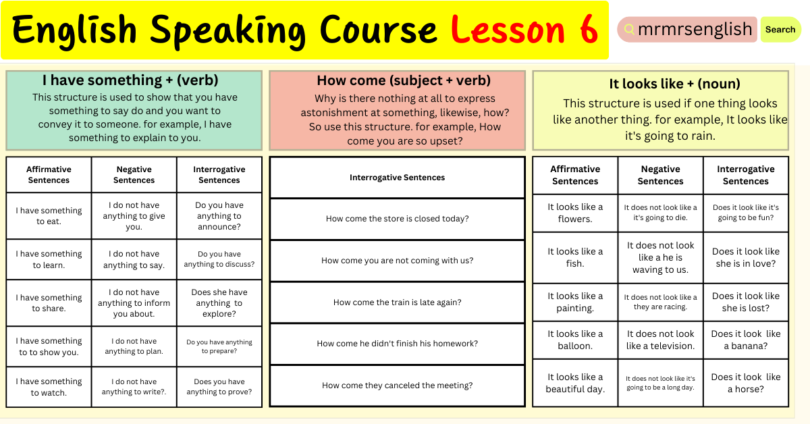



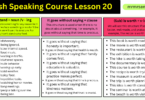
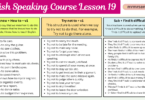
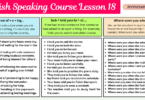
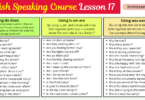
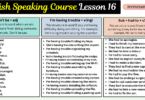
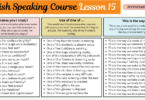
Leave a Comment